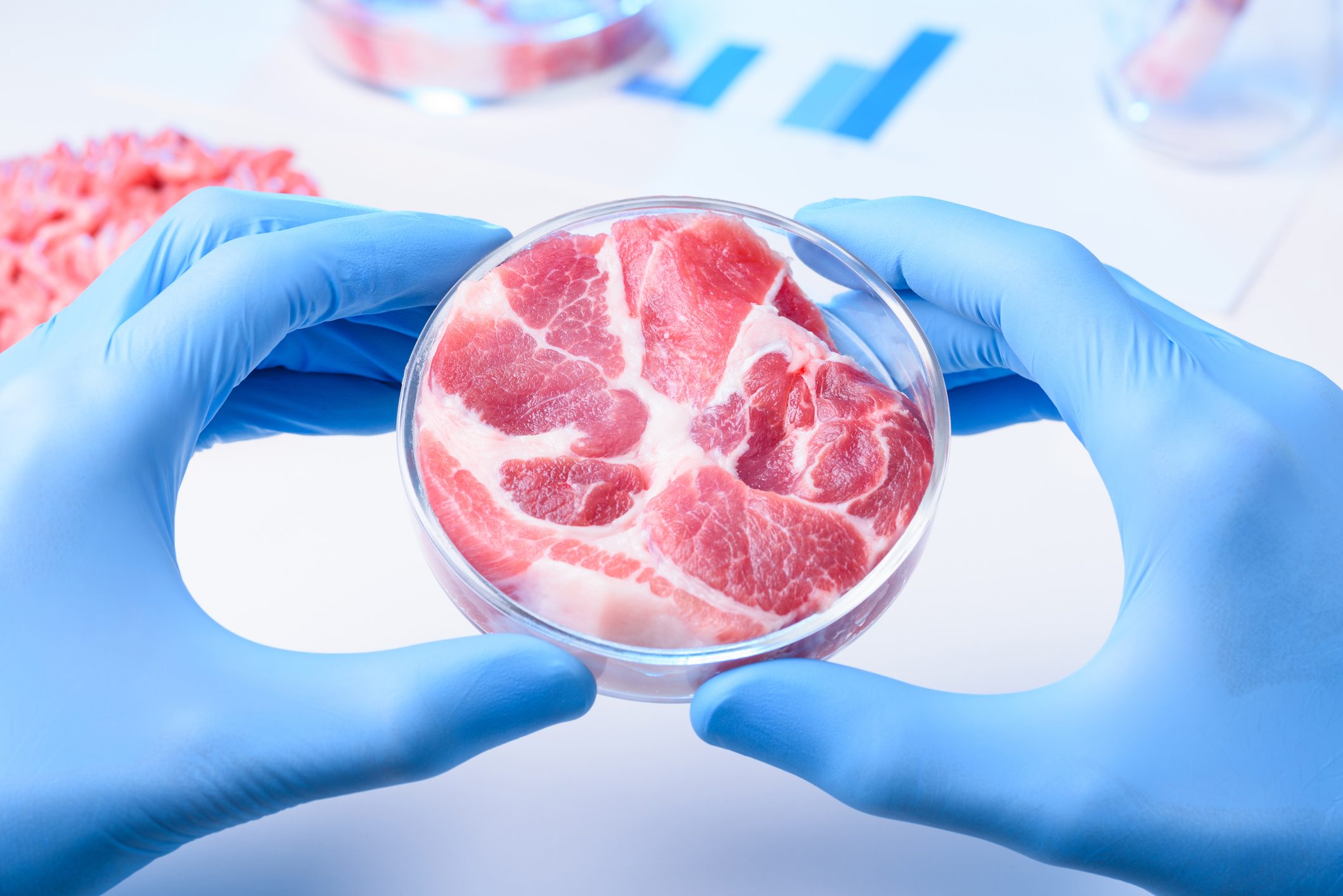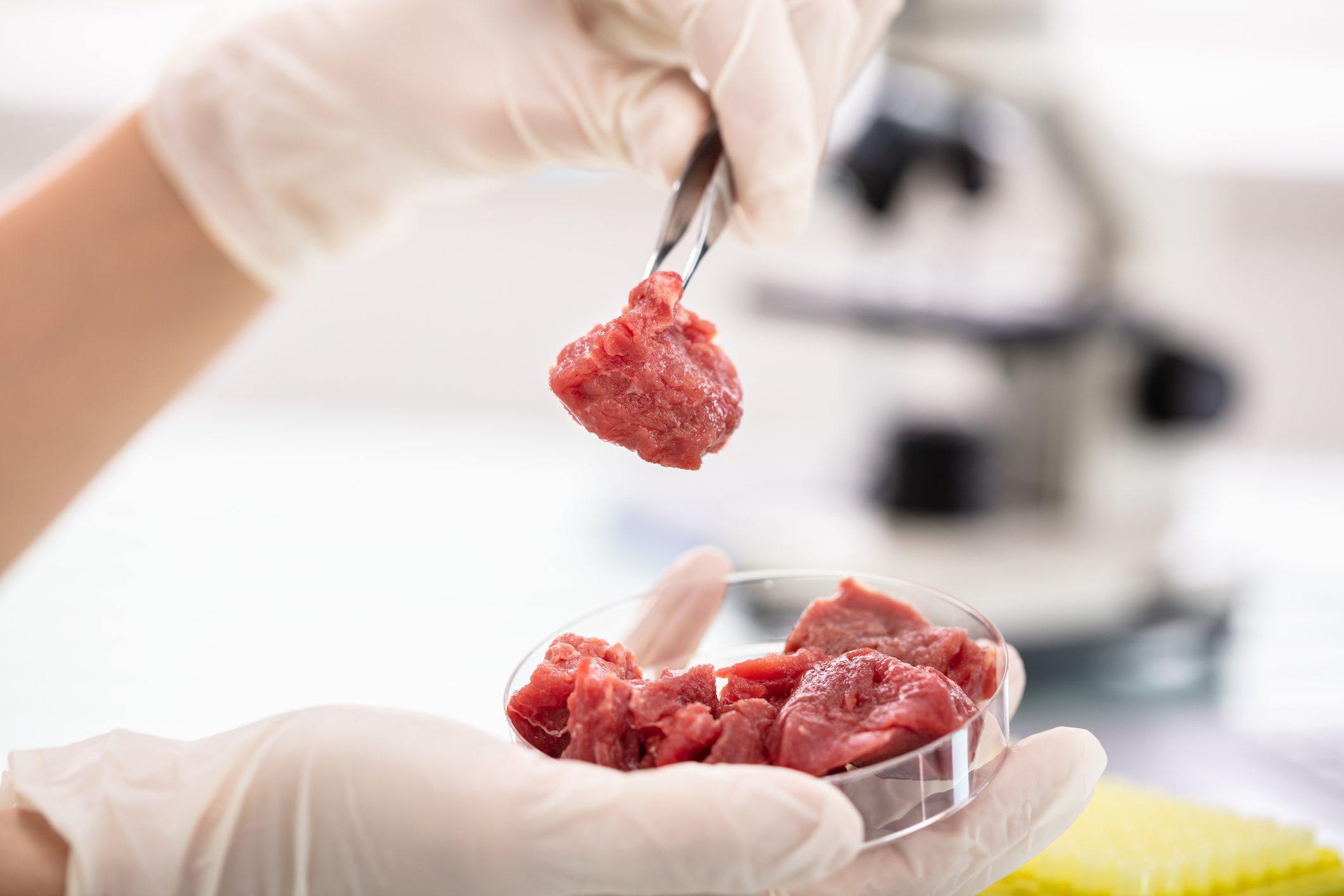Here’s Everything You Need To Know About Lab-Grown Meats
Cultured meats are still largely in the research stage but experts predict that we are much closer to having them on the mainstream market in a few years. But although experts continue to promote the meat as the solution for meat shortage and perhaps the best meat substitute for the non-meat eating community, many are still wary of the quality of its flavour.
;)
There are many alternative meat products on the market, made popular by demand because they're highly nutritious and can offer a firm and chewy quality similar to meat.
One key ingredient used in plant-based meat is heme, a naturally occurring protein that has a signature meaty flavour. Impossible Foods is one company that has employed the method. The company is most popularly known for their products that reproduce a meaty flavour using plants.
Their signature burger is made with textured soy protein, potato protein, coconut oil and sunflower oil. But, the most important ingredient is heme, a molecule found in high concentrations in animal meat. It is this heme that provides the signature look and taste.

Chris Davis, a researcher at Impossible Foods says:
"We cannot afford to continue using the same technology we have been using to feed eight billion people. We must use science to create new food which is at least equivalent in quality, without destroying the world and web of life."
However, newer innovations that are sophisticated lab-grown meats are also starting to take the market by storm in recent years. During manufacture, fat or muscle stem cells are taken from either a live, healthy animal via a painless biopsy, or one which is already in the meat processing system.
The cultivated cell is placed in a large stainless-steel tank called a cultivator where it is fed nutrients until it divides and grows. The cell is also given growth factor components, which are signals that tell it what to do.
The process takes around two to three weeks depending on the type of meat being produced. In the end, the cells grow into a whole meat piece and are shaped into burgers, nuggets or strips.
The innovation is indeed mindblowing and it might just get rid of common problems, both ethical and otherwise, concerning meat consumption. However, it is highly unlikely that real meat will ever be completely scrapped.
;Resize,width=767;)

;Resize,width=712;)
;Resize,width=712;)
